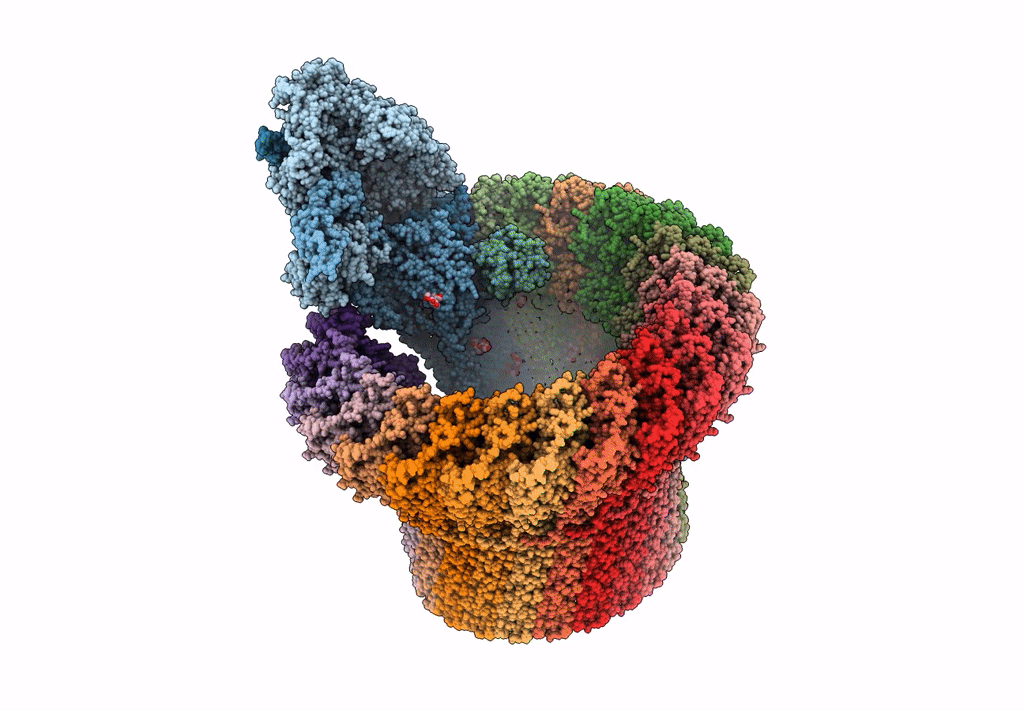
Deposition Date
2018-07-06
Release Date
2018-12-19
Last Version Date
2024-11-13
Method Details:
Experimental Method:
Resolution:
5.60 Å
Aggregation State:
PARTICLE
Reconstruction Method:
SINGLE PARTICLE


